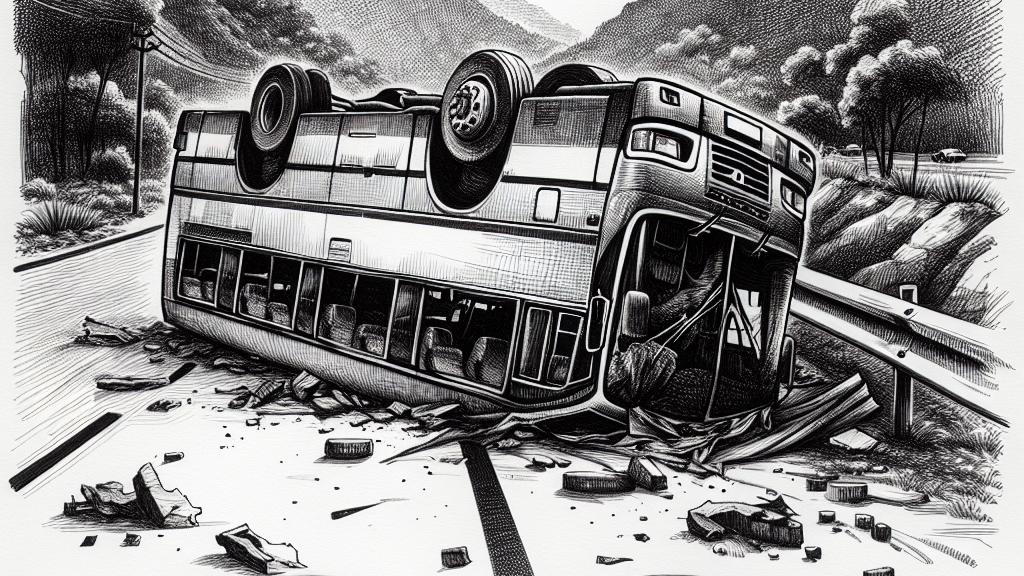Tragedy on the Road: Iran Bus Crash Claims Lives of Shiite Pilgrims!
Overview
- 28 Shiite pilgrims tragically killed in a bus crash in Iran while traveling to Iraq for Arbaeen pilgrimage.
- Pakistan's government successfully repatriated bodies and injured survivors, showcasing national compassion.
- This horrific incident underscores the urgent need for improved road safety measures in Iran.

The Tragic Accident
On August 23, 2024, a devastating bus crash unfolded near Taft, Iran, resulting in the tragic deaths of 28 Shiite pilgrims. These individuals were en route to Iraq for Arbaeen, a prominent pilgrimage commemorating the martyrdom of Hussein, the grandson of Prophet Muhammad. The bus, reportedly suffering from brake failure, veered off course, leading to the catastrophic accident. This incident is a stark reminder of Iran's alarming traffic safety record, which is among the worst globally, with nearly 17,000 fatalities annually attributed to road accidents. Contributing factors include reckless driving behaviors, inadequate vehicle maintenance, and a lack of efficient emergency services in rural regions, highlighting an urgent demand for comprehensive traffic reforms to protect travelers.
A Community in Mourning
In a heartfelt response, the Pakistani government facilitated the repatriation of the victims' bodies along with the injured survivors. Military aircraft transported them back home, landing in Jacobabad amid emotional scenes where coffins draped in the national flag were received by grief-stricken families. Funerals took place in various locations throughout Sindh province, attended by hundreds of mourners, underscoring the pervasive sense of loss within the community. Shiite leaders emphasized that this tragedy resonates beyond local boundaries, drawing together the broader Muslim community in shared mourning and solidarity. The collective grief serves as a powerful reminder of the connections we share in faith and humanity.
Advocating for Road Safety Changes
The tragic bus accident has reinvigorated discussions around the pressing need for road safety improvements in Iran. Experts stress that, despite previous governmental efforts, significant challenges remain regarding traffic law enforcement, vehicle safety standards, and public awareness of safe driving practices. Suggestions for effective reforms include implementing stricter penalties for violations, enhancing vehicle safety regulations, and launching comprehensive educational campaigns targeting all road users. Increased investment in emergency response infrastructure is also critical to ensure swift action during accidents. By transforming this heartbreaking event into a catalyst for change, the hope is to reduce the frequency of such tragedies in the future, ultimately safeguarding lives and fostering a culture of safety on the roads.

Loading...